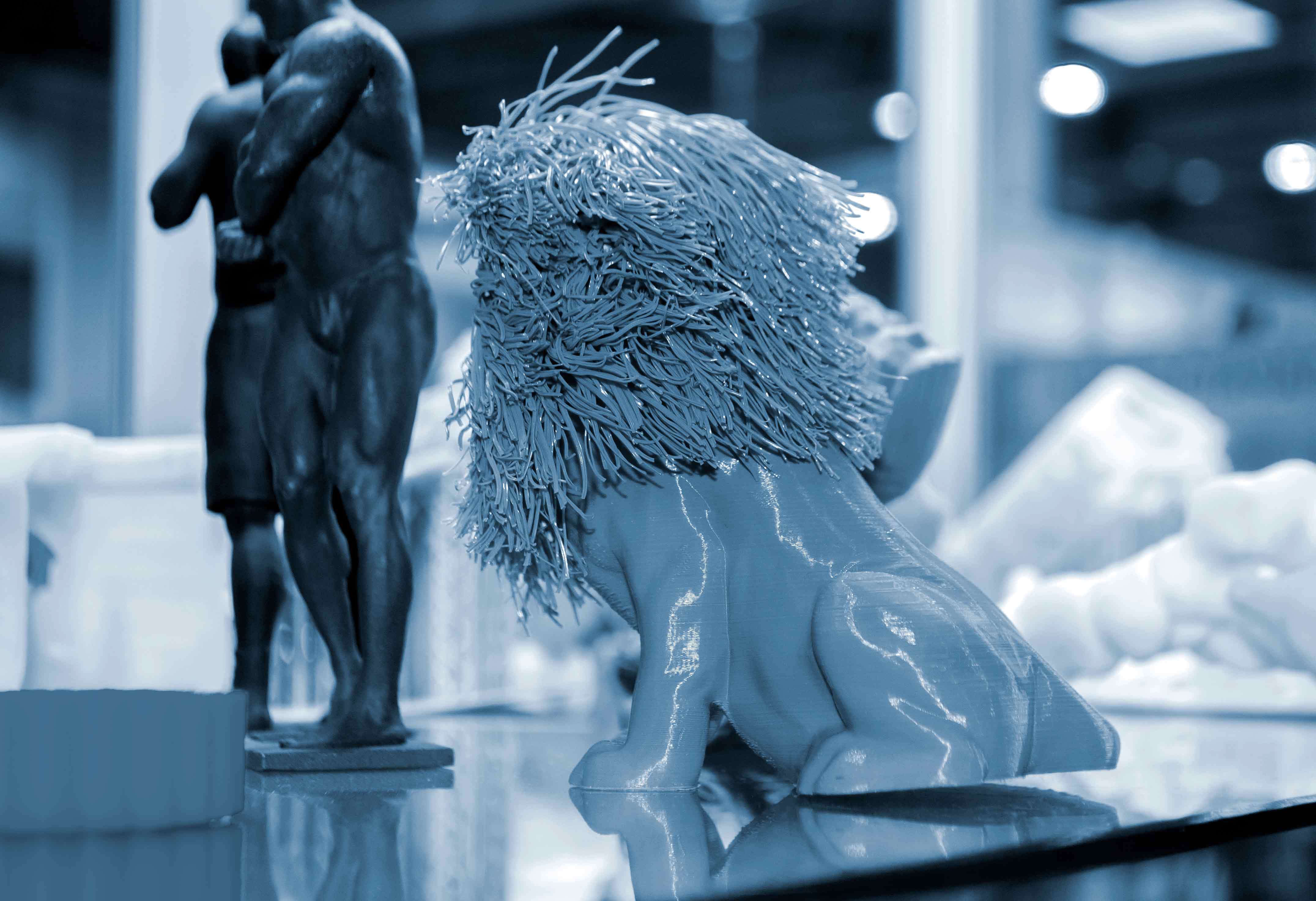Advantages:
1. High Speed and Efficiency: MJF can produce parts faster than many other 3D printing technologies, making it suitable for both prototyping and production.
2. Excellent Surface Finish: Parts produced with MJF have smooth surfaces and fine details, reducing the need for post-processing.
3. Complex Geometries: MJF can create intricate and complex geometries without the need for support structures, allowing for more design freedom.
4. Material Efficiency: The process uses powdered materials efficiently, with a high rate of recyclability for unused powder.
5. Isotropic Properties: MJF parts exhibit consistent mechanical properties in all directions, enhancing their strength and durability.
Disadvantages:
1. Limited Material Options: Currently, MJF primarily supports a limited range of materials, such as Nylon PA12, PA11, and TPU.
2. High Initial Cost: The equipment and setup costs for MJF can be quite high, making it less accessible for smaller businesses or individual users.
3. Color Limitations: MJF parts typically have limited color options and often require additional dyeing processes to achieve desired colors.
4. Powder Handling: Managing and handling fine powder materials can be challenging and may require specialized equipment and safety measures.












